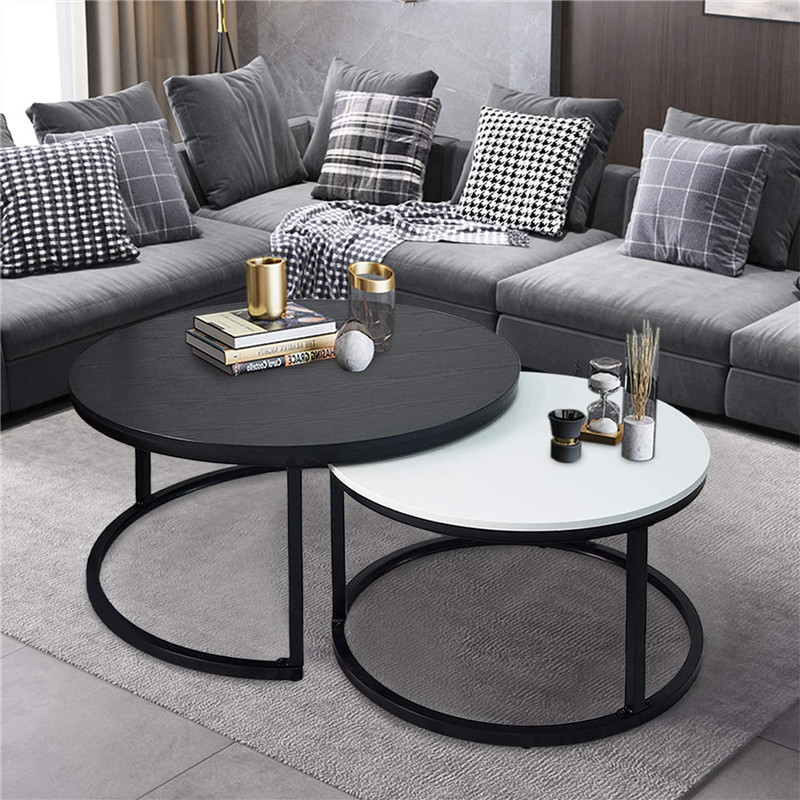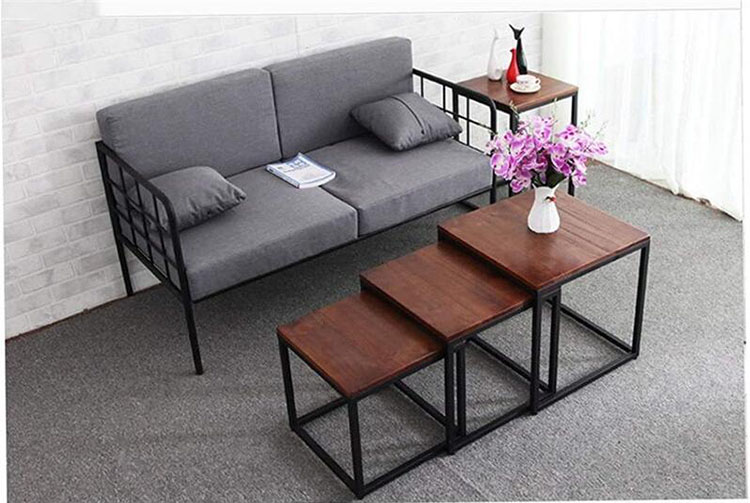[Formulation] Eleven 5 # acrylic adhesive
Component Quality Parts Component Quality Parts
A: Neoprene 30 MMA 65
Benzoyl peroxide 5 2,6-di-tert-butyl p-methylphenol 0.15
B: N,N-dimethylaniline 0.25
Preparation and curing Curing at room temperature for 5 minutes.
Properties and Applications The shear strength of plastic sheet is 10.8 MPa. Mainly used for bonding plexiglass, plastic plates and so on.
[Formulation] Twelve 6# acrylic adhesive
207 parts of ethylene glycol diglycidyl ether, 48 parts of methacrylic acid and 3.5 parts of triethylamine were added to the reaction vessel, stirred at 50° C. for 10 hours, and then added.
12 parts of acrylic acid were reacted at 55°C for 9 hours to obtain a pale yellow liquid having a viscosity of 3 Pa.s. The specific formula is as follows.
Component Quality Parts Component Quality Parts
A: Mixed ester 100 Methyl ethyl ketone peroxide 3
Acrylic 40 Vinyl Acetate 30
B: Vinyl thiourea 0.5 Cobalt oleate 0.05
Cobalt naphthenate 0.03 Butanone 80
Preparation and curing The two components of A and B were coated on two test pieces, respectively, and they were laminated after 30 seconds. 24h reach the highest intensity
Properties and Applications The metal shear strength is 11.1 MPa. The glue is mainly used for oil surface metal bonding.
[Formulation] Thirteen low-temperature structural adhesive
Component Quality Parts Component Quality Parts
MMA 628.5 Methacrylic 50
Neoprene 114 Peroxide Paste 100
Methyl methacrylate/butadiene/styrene graft copolymer 200 N,N-dimethyl p-toluidine 7.51
Preparation method Methyl methacrylate, methacrylic acid, neoprene, copolymer, amine and peroxide slurry are mixed uniformly to obtain tensile strength
36.5MPa adhesive.
[Formula] Fourteen terpene tackifying acrylic adhesive
Component Quality Parts Component Quality Parts
Butyl Acrylate 85 Methyl Methacrylate 15
Lauryl mercaptan 0.5 2-polystyrene ethyl methacrylate 10
Azobisisobutyronitrile 0.01 3-methacryloxypropyltrimethoxysilane 0.7
Non-phenolic resin 50 Dibutyltin dilaurate 0.02
Preparation of Lauryl Mercaptan, Silane Derivatives and Three Acrylates, Radical Polymerization Under Azodiisobutyl Butyrate, 8h Reaction
Polymer solution. The polymer solution was mixed with terpene phenolic resin and dibutyltin compound to obtain an adhesive.
Usage Same as general acrylic adhesive.
Characteristics This terpene phenolic resin tackified acrylic adhesive has high bond strength and high temperature adhesion with a shear adhesion of 210 kPa.
[Formulation] 15 months adhesive
Component Quality Parts Component Quality Parts
Main agent: methyl methacrylate 46 anhydrous methacrylic acid 10
Chlorosulfonated polyethylene (Hypolon) 40 Ethylene glycol dimethacrylate 1
Cumene peroxide 2
Primer:NN N,N-dimethylaniline 1
How to use it Apply a primer to one side and a main agent on the other side. Combine the two sides together and cure at room temperature for 5~6 minutes. After 1 hour, you can achieve higher strength.
[Formula] Sixteen SGA glue
Component Quality Parts Component Quality Parts
A: Nitrile rubber 33 Methyl methacrylate 34
BPO 5 Hydroquinone 0.5
B: N,N-dimethylaniline 1
Safety Protection Poisonous, smelly and irritating.
Packing, storage and transportation
Source: 21st Century Fine Chemicals Network
A coffee table is a low table designed to be placed in a sitting area for convenient support of beverages, remote controls, magazines, books (especially large, illustrated coffee table books), decorative objects, and other small items.
Most coffee tables are made of wood (though faux wood tables are increasingly common) or glass and metal, typically, stainless steel or aluminum and may incorporate cabinets or drawers.

Coffee tables were thought to initially be constructed in Renaissance England.
Origins
Japanese style coffee table.
In Europe, the first tables specifically designed as and called coffee tables, appear to have been made in Britain during the late Victorian era.
Couch and coffee table in a hotel room
According to the listing in Victorian Furniture by R. W. Symonds & B. B. Whineray and also in The Country Life Book of English Furniture by Edward T. Joy, a table designed by E. W. Godwin in 1868 and made in large numbers by William Watt, and Collinson and Lock, is a coffee table. If this is correct it may be one of the earliest made in Europe. Other sources, however, list it only as "table" so this can not be stated categorically. Far from being a low table, this table was about twenty-seven inches high.[citation needed]

Later coffee tables were designed as low tables and this idea may have come from the Ottoman Empire, based on the tables in use in tea gardens. However, as the Anglo-Japanese style was popular in Britain throughout the 1870s and 1880s and low tables were common in Japan, this seems to be an equally likely source for the concept of a long low table.
From the late 19th century onwards, many coffee tables were subsequently made in earlier styles due to the popularity of revivalism, so it is quite possible to find Louis XVI style coffee tables or Georgian style coffee tables, but there seems to be no evidence of a table actually made as a coffee table before this time. Joseph Aronson writing in 1938 defines a coffee table as a, "Low wide table now used before a sofa or couch. There is no historical precedent...," suggesting that coffee tables were a late development in the history of furniture. With the increasing availability of television sets from the 1950s onwards coffee tables really came into their own since they are low enough, even with cups and glasses on them, not to obstruct the view of the TV.[citation needed]
Coffee Table,Coffee Table Sets,Modern Coffee Table,Adjustable Coffee Table
Jinan Tri-Tiger Technology Development Co., Ltd , https://www.tri-tigerfurniture.com
